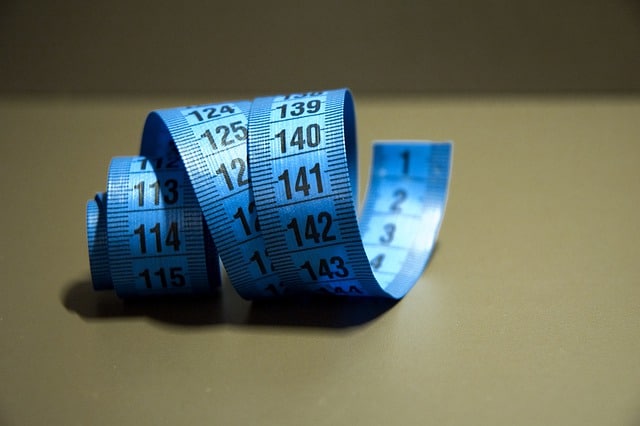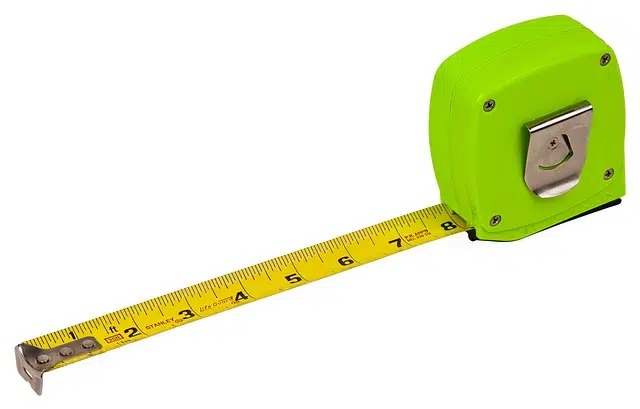
A unit of length is called a centimeter.
In order to be clear about the meaning of the term centimeter, it is necessary, first of all, to know its etymological origin. Specifically, we can establish that it is a word made up of two with different roots:
-The Latin noun centum , which can be translated as “one hundred.”
-The Greek word metron , which is synonymous with “measure”.
The centimeter as a unit of length
A centimeter is a unit of length that is equivalent to 0.01 meters (that is, one hundredth of a meter). Its symbol is cm .
For example: “The doctor told me that my baby is already 70 centimeters tall,” “The accident left me with a 30-centimeter scar on my left leg,” “Could you move your chair a few centimeters?” So I can get through.”
Some equivalences
In the same way, we cannot ignore that there are other important equivalences of the centimeter such as the following:
-10 millimeters.
-0.1 decimeters.
-0.001 decameter.
-0.000 1 hectometer.
-0.0000 1 kilometer.
-0.000001 myriameter.

In some countries, the tape measure is called a centimeter.
The centimeter to express distances
As a unit of length, the centimeter allows us to express the distance between two points. It is a unit derived from the basic unit of length, which is the meter. Specifically, the centimeter is a submultiple of the meter .
Returning to the first of the examples mentioned above, if someone states that their baby measures 70 centimeters , they will be referring to the fact that, from the sole of the foot to the end of their head, the child has that measurement (equivalent to 0.70 meters). ). That is the distance between both ends of the infant's body.
Curiosities linked to the measurement of the human being
Some curiosities in relation to centimeters are the following:
-Human hair grows between 1.1 and 1.3 centimeters per month. This means that it grows around 14.4 centimeters per year.
-Fingernails grow approximately an average of 0.4 centimeters per month. Meanwhile, toenails do so at an average of 0.15 centimeters per month.
-Any food that is eaten by humans travels 900 centimeters from when it is in the mouth until it is expelled.
-The smallest man in the world throughout history, according to available data, has been Chandra Bahadur Dangi, who measures 55.8 centimeters. And so it is accredited in the Guinness Book of Records. He is a 72-year-old Nepali.
-On the contrary, the tallest man in the world is Sultan Kosen, who measures 2.5 meters, that is, 250 centimeters.
Square and cubic centimeters
The idea of square centimeters, for its part, refers to the measurement of a surface (the extension of something in width and length). A square of fabric measuring 5 square centimeters , to cite one example, measures 5 centimeters wide and 5 centimeters long.
Cubic centimeters , on the other hand, are a unit of volume : they measure three dimensions (width, length and height). A bottle can have a capacity of 350 cubic centimeters .
The tape measure
In some countries , finally, the tape measure is called a centimeter, which is a flexible element that has a scale divided into centimeters.
This tape is used for measuring lengths. Thanks to its flexibility, it can be used to measure different types of objects.
